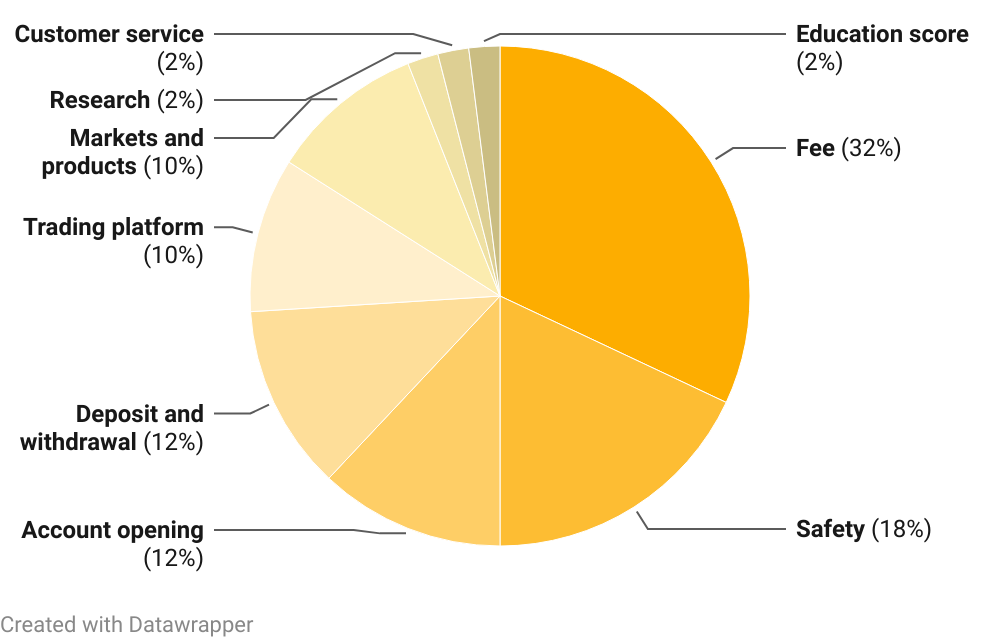Table of contents
- Table of Contents
- What Are Stocks and ETFs?
- Stocks: Owning a Piece of a Company
- ETFs: Diversified Investment at Your Fingertips
- Getting Started with Stocks and ETFs
- Stock and ETF Research
- Strategies for Stock and ETF Investing
- Risk Management in Stock and ETF Investing
- Tax Considerations
- Investing for the Long Term
- Conclusion
Investing Essentials: Stocks and ETFs Explained
Investing in stocks and exchange-traded funds (ETFs) is a fundamental way for individuals to grow their wealth and achieve financial goals. In this blog, we’ll explore the basics of stocks and ETFs, providing you with a comprehensive understanding of these investment vehicles and how they can play a role in your investment strategy.

- Defining Stocks
- Introducing ETFs
What Are Stocks and ETFs?
- How Stocks Work
- Types of Stocks
- Investing in Individual Stocks
Stocks: Owning a Piece of a Company
- Understanding ETFs
- Advantages of ETFs
- Different Types of ETFs
ETFs: Diversified Investment at Your Fingertips
- Choosing an Investment Account
- Building a Balanced Portfolio
- Risk Tolerance Assessment
Getting Started with Stocks and ETFs
- Fundamental Analysis
- Technical Analysis
- Valuable Resources
Stock and ETF Research
- Buy and Hold
- Dollar-Cost Averaging (DCA)
- Value Investing
- Dividend Investing
Strategies for Stock and ETF Investing
- Diversification
- Stop-Loss Orders
- Portfolio Rebalancing
Risk Management in Stock and ETF Investing
- Capital Gains Tax
- Dividend Tax
- Tax-Efficient Investing
Tax Considerations
- The Power of Compounding
- Retirement Planning
- Setting Financial Goals
Investing for the Long Term
Conclusion
How would we feature you?

What Are Stocks and ETFs?
Defining Stocks
Stocks, also known as equities or shares, represent ownership in a company. When you own a stock, you own a share of that company’s assets and earnings. Stocks are bought and sold on stock exchanges.
Introducing ETFs
ETFs, or exchange-traded funds, are investment funds that hold a diversified portfolio of assets such as stocks, bonds, or commodities. ETFs are traded on stock exchanges like individual stocks, making them a convenient way to access diversified investments.
Stocks: Owning a Piece of a Company
-
01
How Stocks Work
Stocks provide investors with an opportunity to participate in a company’s growth and success. Stockholders may benefit from capital appreciation (increased stock price) and dividends (a portion of the company’s profits).
-
02
Types of Stocks
Common Stocks: Represent ownership in the company with voting rights.
Preferred Stocks: Offer fixed dividends but often have limited or no voting rights.
-
03
Investing in Individual Stocks
Investing in individual stocks allows you to handpick companies you believe have growth potential. It requires research and careful selection.

ETFs: Diversified Investment at Your Fingertips
Understanding ETFs
ETFs pool funds from multiple investors to purchase a diversified basket of assets. They offer instant diversification and can track various indexes, industries, or asset classes.
Advantages of ETFs
- Diversification
- Liquidity
- Lower Expenses
- Intraday Trading
Different Types of ETFs
- Stock ETFs: Mimic stock market indexes like the S&P 500.
- Bond ETFs: Invest in a variety of bonds, providing income and diversification.
- Commodity ETFs: Track the prices of commodities like gold or oil.
- Sector ETFs: Focus on specific sectors or industries, such as technology or healthcare.
Weight Of Areas In The Methodology

Getting Started with Stocks and ETFs
Choosing an Investment Account
Select the right brokerage account based on your needs, whether it’s a standard brokerage account, individual retirement account (IRA), or a tax-advantaged account like a 401(k).
Building a Balanced Portfolio
Diversify your investments across different asset classes, including stocks, bonds, and cash. A balanced portfolio can help manage risk.
Risk Tolerance Assessment
Understand your risk tolerance, which reflects how comfortable you are with the possibility of losing money. Your risk tolerance influences your investment choices.
Stock and ETF Research
Fundamental Analysis
Evaluate stocks or ETFs by examining financial statements, earnings reports, and business fundamentals. Look at factors like revenue growth, earnings per share, and competitive positioning.
Technical Analysis
Study price charts and technical indicators to make investment decisions. Technical analysis involves identifying trends and potential entry or exit points.
Valuable Resources
Use financial news outlets, research reports, and online tools to gather information and stay informed about your investments.
Strategies for Stock and ETF Investing
-
01
Buy and Hold
Invest with a long-term perspective, aiming to hold assets for years or even decades. This strategy can benefit from compounding and weather market volatility.
-
02
Dollar-Cost Averaging (DCA)
Invest a fixed amount of money at regular intervals, regardless of market conditions. DCA can help reduce the impact of market volatility.
-
03
Value Investing
Look for undervalued stocks or ETFs with growth potential, often based on financial metrics like the price-to-earnings (P/E) ratio.
-
04
Dividend Investing
Focus on stocks or ETFs that provide regular dividend payments, generating passive income.

Risk Management in Stock and ETF Investing
Diversification
Spread your investments across different assets and sectors to reduce risk. A well-diversified portfolio can limit the impact of poor-performing assets.
Stop-Loss Orders
Set stop-loss orders to automatically sell an asset if it reaches a predetermined price. This helps limit potential losses.
Portfolio Rebalancing
Periodically adjust your portfolio to maintain your desired asset allocation. Rebalancing can prevent overexposure to a specific asset class.
Tax Considerations
Capital Gains Tax
Understand how capital gains are taxed based on your holding period. Short-term gains are often taxed at higher rates than long-term gains.
Dividend Tax
Dividend income may be subject to tax. Consider tax-efficient investments for taxable accounts.
Tax-Efficient Investing
Utilize tax-efficient strategies like tax-advantaged accounts to minimize tax liabilities.
Investing for the Long Term
The Power of Compounding
Long-term investing benefits from the compounding effect, where reinvested earnings generate additional returns over time.
Retirement Planning
Stocks and ETFs can play a vital role in retirement planning. Regular contributions and smart investments can help build a nest egg.
Setting Financial Goals
Define clear financial goals, whether it’s buying a home, funding education, or retiring comfortably. Your goals should guide your investment strategy.

Conclusion
Stocks and ETFs are versatile investment tools that can help you build wealth and achieve financial objectives. By understanding the basics, conducting thorough research, employing effective strategies, and managing risks, you can embark on a successful investing journey. Remember that investing is a long-term endeavor, and patience and discipline are key to reaping the rewards of your efforts.
